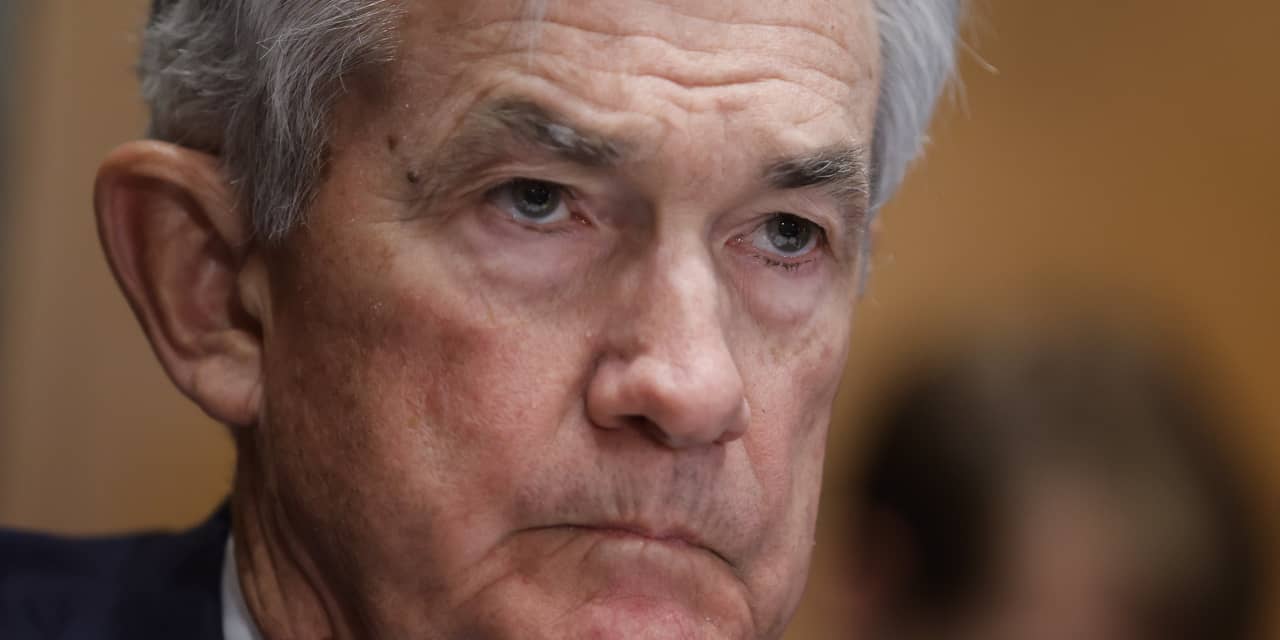Practically everything rallied in November, with U.S. stocks seeing their best month since the summer 2022, while bonds clinched their best month since the 1980s.
But in markets as in life, sometimes too much of a good thing isn’t good. Case in point: the huge easing in financial conditions in November has raised concerns about the outlook for Federal Reserve interest-rate cuts. Some are worried that, if this should continue, the central bank might not be able to cut interest rates as quickly as investors expect.
Soaring stocks, falling Treasury yields, sliding crude-oil prices, a weaker U.S. dollar and tighter credit spreads caused the Goldman Sachs Group U.S. financial conditions index to fall by nearly a percentage point last month, it is biggest monthly drop in at least four decades.
This might seem like a welcome development for investors on the surface. Historically, easing financial conditions have been a boon for markets.
That is because higher equity prices boost the wealth effect, and a weaker U.S. dollar makes U.S.-produced goods and services more attractive on the global market. Lower Treasury yields help ease the cost to corporations for managing their debt, while making it more affordable to borrow, economists say. Falling crude-oil prices reduce energy costs for businesses and households.
But nowadays, investors have been keeping a wary eye on financial conditions ever since Federal Reserve officials like Dallas Fed President Lorie Logan first suggested that the surge in Treasury yields could be doing of the central bank’s job for it, potentially allowing the central bank to forgo more interest-rate hikes.
Other senior Fed officials echoed Logan’s comments, and a reference to tighter financial conditions eventually found its way into the Fed’s November policy statement.
“Tighter financial and credit conditions for households and businesses are likely to weigh on economic activity, hiring, and inflation,” the statement read. Economists took this as confirmation that the Fed saw higher yields as an ally in its battle against inflation.
Although yields, which move inversely to bond prices, have fallen sharply over the past month, the Fed so far hasn’t given any indication that it is concerned. The 10-year Treasury note yield
BX:TMUBMUSD10Y
fell by about 75 basis points in November, while the S&P 500
SPX
rocketed higher last month at the fastest pace since July 2022. Earlier this week, New York Fed President John Williams characterized financial conditions as still tight.
“Along with our restrictive policy actions, financial conditions have tightened, driven in part by an increase in longer-term Treasury yields since the summer.
Powell didn’t say anything new on the topic when he spoke on Friday. And with the Fed’s premeeting blackout period about to begin, investors must wait until the postmeeting press conference on Dec. 13. to hear more from the Fed chair.
Read: Dow near record high because traders are calling bluff on ‘higher-for-longer’ Fed
To be sure, if the Fed determines that financial conditions have eased too much, it can always push back more forcefully against investors’ hopes for interest-rate cuts, according to Stephen Miran, portfolio manager and founder at Amberwave Partners. That would likely cause yields to climb, stocks to fall, and the U.S. dollar to strengthen.
So far, it doesn’t look like the economic data that the Fed factors into its thinking would warrant this. Earlier this week, the Fed’s preferred inflation gauge, the PCE price index, showed the cost of goods and services was flat in October, and price pressures have eased substantially since their peak during the summer of 2022.
But the notion that inflation to again rip higher isn’t all that far-fetched, Miran added.
“Looser financial conditions could cause economic growth to accelerate. And if growth accelerates, for whatever reason, it is likely that wages start to rise again, and that could feed through to inflation,” Miran said.
The latest reading on the pace of GDP growth in the third quarter showed the U.S. economy grew at a pace of 5.2% over the summer. And the nonfarm payrolls report released by the Labor Department showed wages grew by just 0.2% in October.
Plenty of indicators, like the Fed’s beige book survey released this week, have featured signs that the U.S. economy slowed this fall. Some market strategists have pointed to signs that tightening credit conditions are finally taking their toll on businesses and the consumer.
The question now is one of degree. If the slowdown isn’t pronounced enough, in Miran’s view, it could create the conditions for consumer prices to start rising faster than the Fed might like.
“I think the labor market is weakening and will continue to weaken, but the risks are that if it doesn’t weaken enough, inflation could move higher pretty easily, Miran said. “I think it is too early to get complacent about inflation.”
Read the full article here




